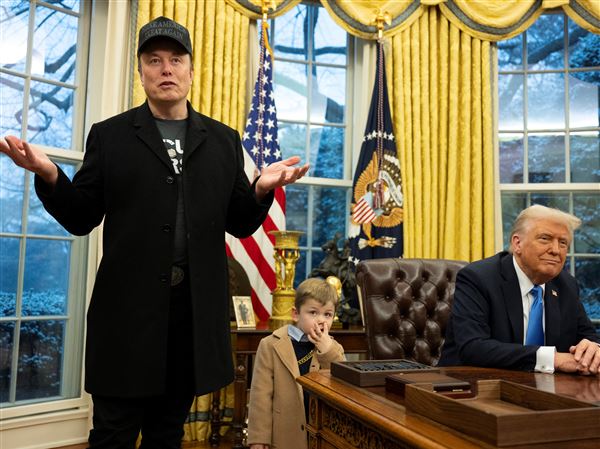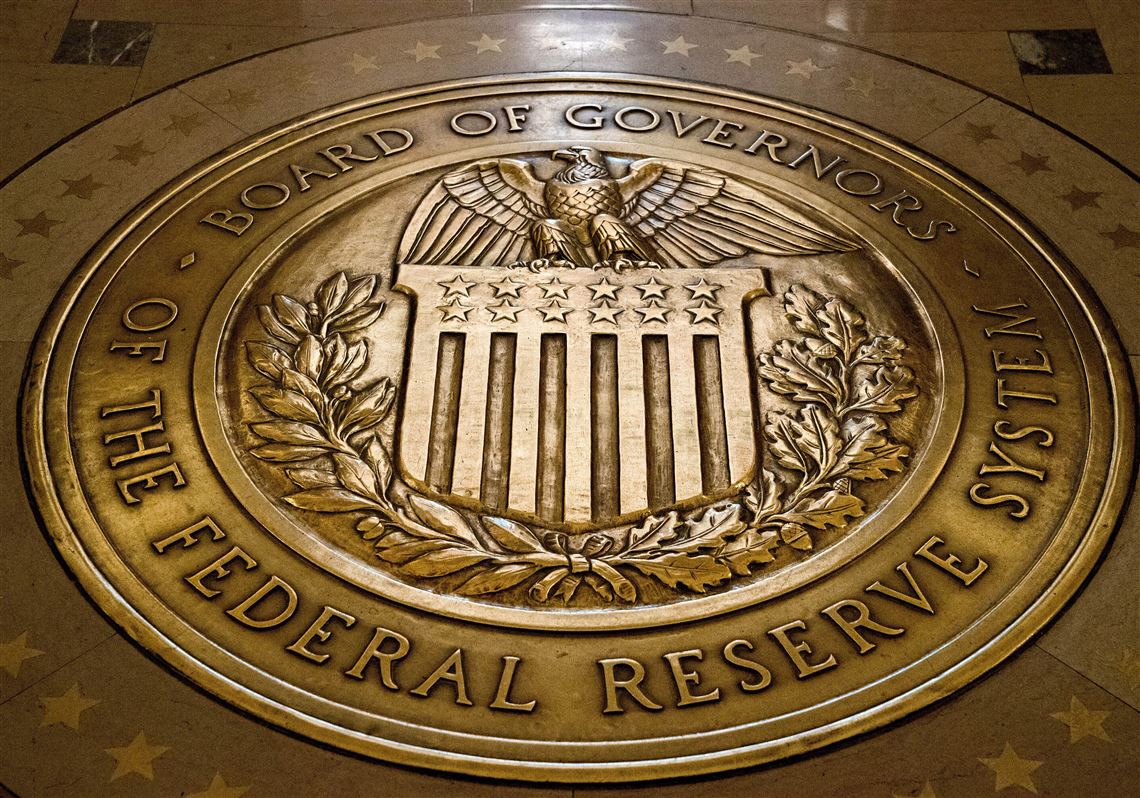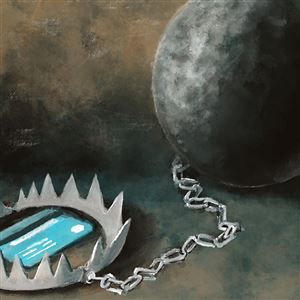WASHINGTON — The Federal Reserve left its benchmark interest rate unchanged Wednesday after cutting it three times in a row last year, a sign of a more cautious approach as the Fed seeks to gauge where inflation is headed and what policies President Donald Trump may pursue.
The Fed reduced its rate last year to 4.3% from 5.3%, in part out of concern that the job market was weakening. Hiring had slowed in the summer and the unemployment rate ticked up, leading Fed officials to approve an outsized half-point cut in September. Yet hiring rebounded last month and the unemployment rate declined slightly, to a low 4.1%.
In its statement Wednesday, the Fed upgraded its assessment of the job market, calling it “solid,” and noting that the unemployment rate “has stabilized at a low level in recent months.” The Fed also appeared to toughen its assessment of inflation, saying that it “remains somewhat elevated.” Both a healthier job market and more stubborn inflation typically would imply fewer Fed rate cuts in the coming months.
Fed Chair Jerome Powell has said it is harder to gauge where inflation is headed, in part because of increased uncertainty around what policies Trump will adopt and how quickly they will affect the economy. Trump has promised widespread tariffs, tax cuts, and mass deportation of immigrants, all of which could push prices higher. The Fed typically keeps interest rates high to slow borrowing and spending and cool inflation.
Mr. Powell said in December that the central bank has entered a “new phase,” in which it expects to move more deliberately. In December, Fed officials signaled they may reduce their rate just twice more this year. Goldman Sachs economists believes those cuts won’t happen until June and December.
In November, inflation was just 2.4%, according to the Fed’s preferred measure, not far from its 2% target. But excluding the volatile food and energy categories, core prices rose a more painful 2.8% from a year earlier. The Fed pays close attention to core prices because they are often a better guide to inflation’s future path.
Trump said last week in Davos, Switzerland that he would bring down energy prices, then “demand” that the Fed lower borrowing costs.
Later, when asked by reporters if he expected the Fed to listen to him, he said, “yes.” Presidents in recent decades have avoided publicly pressuring the Fed out of deference to its political independence.
A cut in March is still possible, though financial markets' futures pricing puts the odds of that happening at just one-third.
As a result, American households and businesses are unlikely to see much relief from high borrowing costs anytime soon. The average rate on a 30-year mortgage slipped to just below 7% last week after rising for five straight weeks. The costs of borrowing money have remained high economywide even after the Fed reduced its benchmark rate.
First Published: January 29, 2025, 7:24 p.m.


















